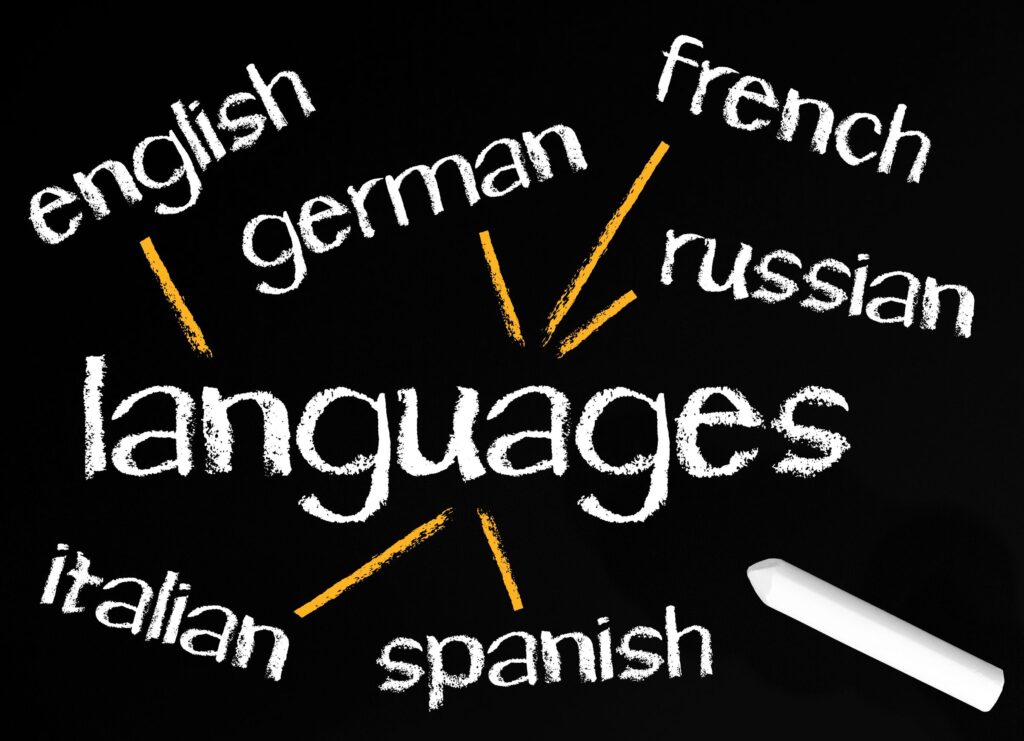Translation is a continuously evolving service. Industry trends feature the developments in the provision of translation services, the increase in demand for specific types of language services, and the effects of new technology, new regulations and consumer behavior on the entire industry.
The translation industry
Earlier this year, industry experts projected that the translation industry was going to be worth more than $57 billion by 2022. Globalization plays a big part in the growth of the translation industry worldwide. As more foreign markets open, communication becomes critical in the companies’ quest for competitive advantage in new markets.
Many companies are exploring Asia aside from Europe, the Americas, and Africa. Global corporations are opening branches and offshore offices and introducing brands to Asia. Globalization helps in the economic growth in the regions through knowledge exchanges and investments. They create many jobs for the local workforce.
Asian languages are difficult for Westerners because most of the languages use ideographs or symbols. Although India, Singapore, and the Philippines are English-speaking countries, Asians typically want to discuss business in their local language and want to read documents in the language they speak, unless the governing bodies indicate which language to use. Consumers want information they can immediately understand, a fact that not only applies to Asia but other countries, as well. Without global translation services, communication will fall apart.
Aside from industry developments, several trends are emerging to boost the translation industry.
Translation trends 2019
Document translation will continue to enjoy high demand as more parts of the world open their doors to globalization. Translation clients demand more services and international business likewise face many new regulations and methods of communication. Companies have to quickly adapt to the upcoming trends to maintain an edge over the competition.
1. Video translation
Expect an increase in video translation. In two years, video is going to make up about 80 percent of Internet traffic, according to Cisco.
Since online video demand will grow, the demand for video localization and translation will increase as well. Live-streamed videos will need subtitles for global audiences. Likewise, the projection is for video content to be increasingly interactive and sophisticated. The consumer market will be more crowded, so companies will try to find more ways to capture consumers’ attention. Language services providers need to translate the words and the user experience in a culturally- and linguistically appropriate way.
2. Compliance
Countries are rewriting their existing trade laws and creating new regulations to protect the personal data of their citizens; thus global companies have to comply immediately. If there are compliance requirements, concerned parties will need to understand them in their language.
3. Multilingual SEO
Localization is critical for international companies. SEO will figure more prominently as voice search is going to be a big thing. Worldwide, more people will no longer use keyboards as they transition to digital assistants and voice recognition. Companies will need experts in multilingual SEO to have their websites attain their share in Internet traffic generated by voice search. Language service providers (LSPs) can help optimize your website for standard search as well as voice search.
4. Transcreation
Transcreation services are seeing continuous growth. Transcreation is more than localization, as the service demands heightened creative writing skills from language experts. LSPs have to adapt texts for marketing and advertising campaigns to see to it that they feel and sound as if they were created and produced in the target language.
5. Specialization
Most LSPs provide a variety of services to attain their target revenues. The new trend is to specialize. Specialization gives you a better competitive edge. Clients will be more attracted to translation companies that offer specialized services that meet their specific needs.
Translation services market
As the content economy will feature mainly in the translation industry, LSPs should know the sources of the content. Right now, you will find most of the content from these sectors:
- Social media
- User reviews
- E-commerce (Amazon, Alibaba)
- Online learning (e-learning)
- Software-as-a-service (SaaS) platforms
- Content management platforms (Joomla, Drupal, WordPress)
- Media platforms (YouTube, Netflix, etc.)
Businesses want to provide a connected experience from the content they provide – from publishing, getting feedback, updating, creating, and localizing. It is going to be a recurring cycle, meaning that the translation industry has to brace for the expected increase in the demand for language services.
Future of translation
Online educators are using translations services to translate their e-learning courses, which is not surprising, as it is bound to be worth more than $325 billion by the year 2025, according to Forbes.
The translation industry will also experience higher demand due to the big boost in the content economy. LSPs will have a hand in the growth of content generation. Content is the core of advertising and marketing, and successful businesses worldwide generate a vast amount of material to help them stay on top. Translation providers have to remain committed and understand the upcoming trends.
Be sure to stay on top of things. Connect with eTranslation Services. We understand the industry and the market, and our network of native-speaking translators keep up with industry trends and market developments in their region. Whenever you need translation services, call us at (800) 882-6058 or send us an email at [email protected].




